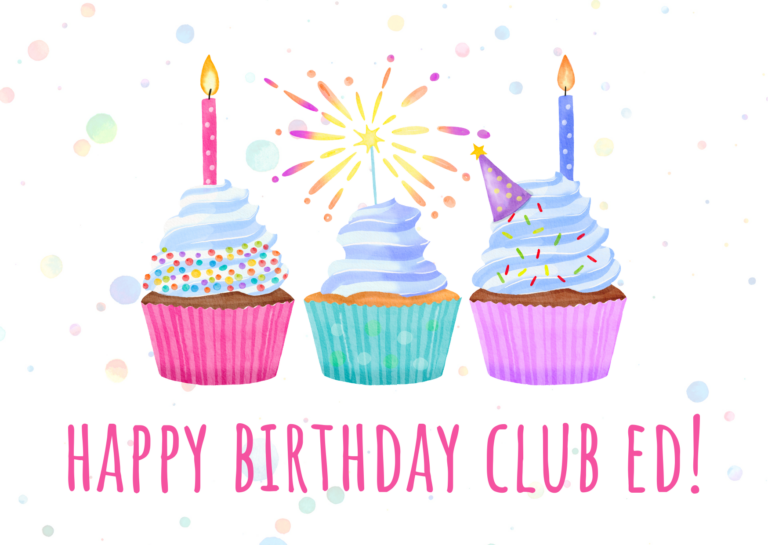Making Defensible Edits
What does defensible mean?
In copyediting, an edit can be defensible because it is correct: that is, because Merriam-Webster dictionary says that a word is spelled a certain way or because the Chicago Manual of Style recommends that a sentence be punctuated in a certain way or because a publisher’s house style requires a certain format. In other words, in copyediting an edit can be “right” or “correct.”
But in development, there is no such thing as “right” or “correct.” This is sometimes the hardest part of being a developmental editor!
What we are basing our edits on is our understanding of how stories work – our education and training. We are providing guidance based on our informed opinion. But it is just that, an opinion.
What can happen, though, is that we don’t rely on informed opinion, we just devolve to editing according to pet peeve or “here’s how I would write it.”
But an informed opinion is not built from pet peeves or personal inclination. So in developmental editing, a defensible edit means that you have a good reason (other than personal pet peeves) for suggesting an edit. In other words, you’re not telling an author that she should change the name of her main character to Brutus because you don’t like the name Joe. No one cares that you don’t like the name Joe.
It’s common for new DEs to suggest edits based on what they would have written if they had written the book. That’s not defensible. No one cares that you would have made that character a race-car driver. What matters is whether the book works as the author intends for the audience the author is targeting.
You must have a specific and logical argument for why an edit is needed and this argument should be rooted in your informed opinion. “Joe’s motivation isn’t believable” is an example of a defensible argument. If the reader doesn’t buy a character’s motivation, then the novel doesn’t work.
Here’s another defensible edit: “In Chapter One, Mary remarks that she hates wearing red but in Chapter Three she’s wearing a red shirt with no explanation. Please reconcile.” Inconsistencies abound in book-length fiction and your job is to keep track well enough to spot them when they occur.
Join the Club!
New to story editing? Begin at the beginning.





